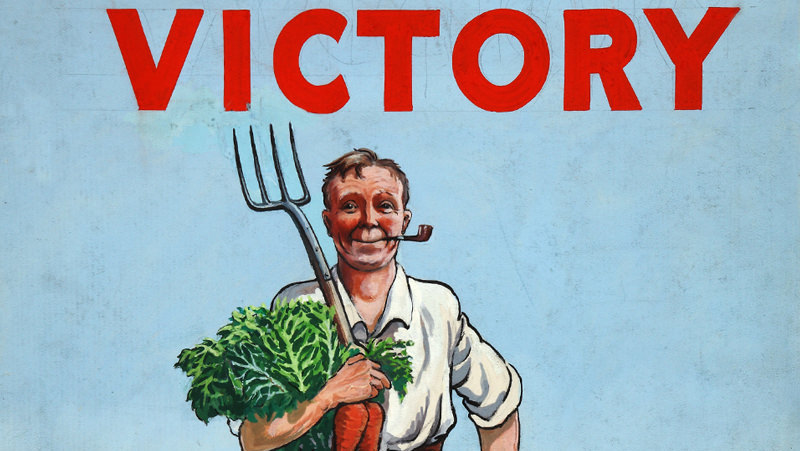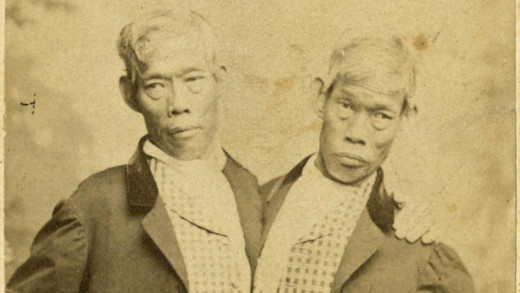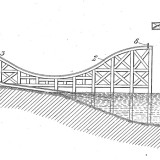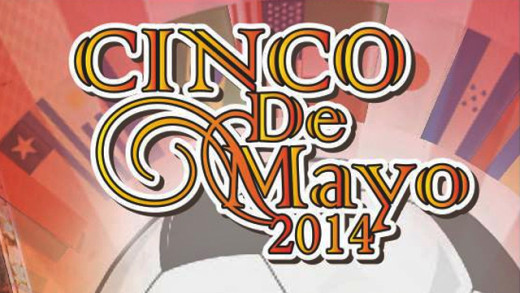5 ways vegetables have been used to fight wars
Who needs munitions when you have potatoes? Vegetables aren’t just for eating at dinner—they’re for winning armed conflicts.
These are five ways vegetables have been used to win wars. Now you’ll be sure not to avoid your veggies.
1. Victory gardens had massive scale in World War II
It may be a myth that carrots helped RAF pilots shoot down German planes, but vegetables did play a part in WWII. The most obvious way vegetables help in wartime is by feeding soldiers and citizens. Obviously, agriculture has fueled every war, but in World War II the veggie effort achieved massive scale.
The World War II Museum has all the facts, but most striking is that there were more than 20,000,000 Victory Gardens across the U.S. In 1944, these gardens produced 40% of all vegetables in the United States. Numbers were similar for other allied countries.
2. Potatoes helped the Māori fight each other
The potato isn’t the most exciting weapon in human history. But it may have helped the Māori spend years fighting each other in New Zealand.
Traditionally, the conflict is known as the Musket Wars, so-called because they were the first in which the Māori used modern firearms. The battles, which lasted from 1807 to 1845, were long and violent conflicts that were intensified because of the new availability of guns. But the potato may also be to blame.
Historian James Belich believes that potatoes, not muskets, are to blame for the protracted conflict. Newly grown potatoes helped the Māori produce surpluses they could trade for muskets and other supplies, and they also provided a much easier form of sustenance compared to the sweet potatoes they’d previously farmed. That allowed more time for inter-tribal conflict, and the wars ended up killing a quarter of New Zealand’s Māori population.
3. Turnips played a part in the end of World War I
What happens when you run out of potatoes? A potato famine during World War I forced the Germans to help out. Unfortunately for them, turnips may have been one of the reasons they lost the war.
During the winter of 1916 to 1917, the Turnip Winter damaged German morale and nutrition. Of course, it would be a mistake to attribute too much to the turnip—general famine and poor conditions would have existed even if the turnip weren’t the vegetable of choice. However, it wasn’t a good pick to replace the potato. Rationing with a particularly unpalatable vegetable increased social and military unrest (which might have occurred regardless, but it didn’t help that the turnip was a disliked vegetable that most people thought was meant for animals). The vegetable also lacked the potato’s nutritional value, and damaged immune systems may have contributed to influenza outbreaks.
4. The sugar beet helped Napoleon sweetly fight the British
In the midst of the Napoleonic Wars, the British cut off Caribbean sugar to Europe. Instead of taking his meals unsweetened, Napoleon fought back by inventing a new industry around beet sugar. The vegetable revolutionized the market and, possibly, took the sweetener industry to a whole new level.
In 1811, Napoleon got his first taste of sugar made from beets rather than cane, and the result impressed him enough that he kickstarted the industry. Even after the blockade ended, beet sugar remained a European industry and significant alternative to sugar cane. In that way, the beet helped Napoleon counter the British and sweeten the European economy and palate.
5. Corn made Antietam a massacre
The Battle of Antietam was the bloodiest battle in the Civil War, and corn may have contributed to the carnage, because a cornfield was at the center of the battle.
Of course, it’s impossible to know if the cornfield setting of the famous battle was integral to the conflict, but the infamous cornfield provided cover for both Union and Confederate forces. The stalks concealed Union cannons and allowed Confederate soldiers to dart in and out of sight. Though there were other battle sites during the fight, the cornfield was integral, and tall stalks of corn added to the confusion and chaos of the day. It didn’t last long, however—by noon, the corn had been cut completely down by bullets and cannon fire.














